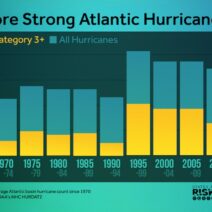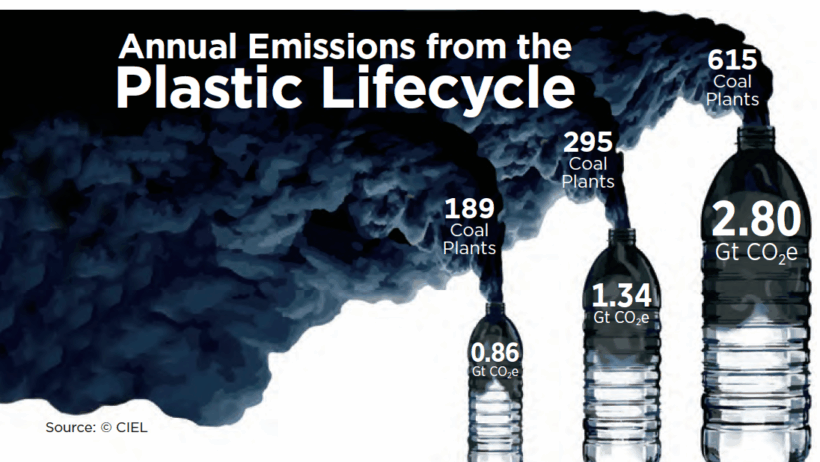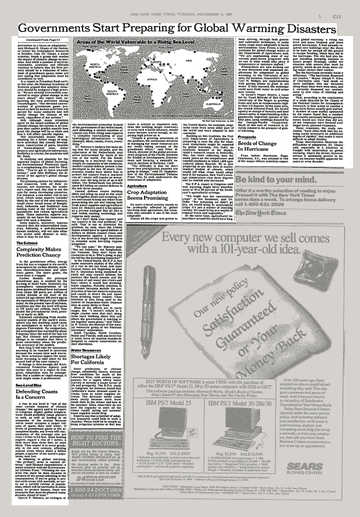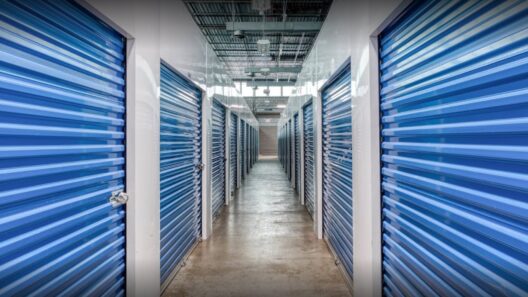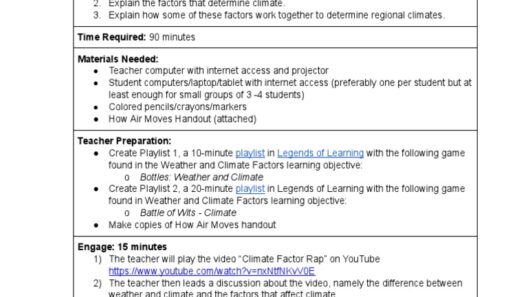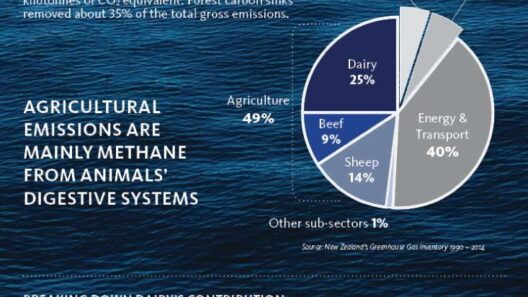Plastic, often synonymous with convenience and modernity, has woven itself into the fabric of everyday life. However, beneath its utilitarian facade lies a burgeoning menace that weaves itself into the intricate tapestry of climate change. To understand the pervasive influence of plastic on our environment, one must delve into the duality of its existence: as a resource that fuels our daily routines, yet simultaneously acts as a saboteur of our planet’s climate stability.
One of the most poignant metaphors for plastic might be that of a double-edged sword. On one side, it brings ease and efficiency into our lives—revolutionizing industries from packaging to healthcare. Yet, flip that sword, and you find a lethal weapon; plastic contributes significantly to climate change through both its lifecycle emissions and its persistent pollution. The paradox is unsettling and demands scrutiny.
The journey of plastic begins with fossil fuels, the dimly-lit chambers of the Earth that hold carbon in a dormant state. Extracting and refining these resources for plastic production unleashes a torrent of greenhouse gases into the atmosphere. Production processes emit carbon dioxide, methane, and other detrimental gases. The entire lifecycle of plastic—from cradle to grave—presents a cavalcade of emissions that significantly contributes to climate change.
Consider this: for every ton of plastic produced, an estimated 1.8 tons of greenhouse gases are released. This staggering ratio encapsulates the idea that plastic does not merely exist; it lives and breathes in a pollution-laden colloquy with the Earth. Each plastic bottle, each bag, represents not just waste but a commitment to a carbon-intensive future.
The narrative, however, does not end with production. Once discarded, plastics morph into an entirely different challenge: pollution. They don’t simply vanish; they enter a state of limbo, where they can persist for centuries, leaching toxic chemicals into the environment and contributing to the slow poisoning of our ecosystems. When sunlight degrades plastic in the ocean, it releases greenhouse gases. Microplastics, the disintegration of larger plastic debris, infiltrate marine and terrestrial food chains, introducing further unpredictability into climate dynamics. Human activities, unopposed, are creating a perilous cycle where plastics not only pollute but serve as latent agents of ongoing climate degradation.
This dual existential threat of plastics is not merely a scientific phenomenon; it resonates with a moral imperative. There is a visceral irony in a product designed to enhance quality of life concurrently endangering it. The pollution stemming from plastics doesn’t discriminate. It ensnares both the innocuous and the intending, wreaking havoc in the simplest forms of life, in soils, oceans, and air alike, culminating in a wake of disrupted ecosystems that perform essential climate-regulating roles.
Yet, amid this disquiet, there exists a flicker of hope—a human capacity for adaptation. Awareness and action emerge as formidable allies in the fight against plastic’s climate ramifications. Global movements advocating for reduced plastic consumption, enhanced recycling protocols, and the development of biodegradable alternatives represent the burgeoning recognition of this crisis. Inspired citizens collaborate, engage policymakers, and innovate; they work to pivot society towards sustainable practices.
The economic implications of addressing plastic-related climate change are profound. Transitioning to a circular economy, wherein waste is minimized, and products are reused or recycled, holds the potential to mitigate climate impacts significantly. Reducing reliance on virgin plastic could decouple our economic practices from the carbon-laden yoke of fossil fuel dependency. In so doing, economies blossom, creating green jobs and technologies that can lead to a significant reduction in emissions.
Moreover, education plays an indispensable role in this evolving narrative. Individuals must recognize the impact of their choices. The power of consumer behavior cannot be underestimated. By opting for sustainable alternatives and reinforcing pressure on corporations to adopt eco-friendly practices, society can collectively deter the momentum of plastic pollution. It becomes a clarion call for a conscientious citizenry—one that seeks harmony between modern convenience and environmental responsibility.
Some might argue that the battle against climate change is overwhelmingly vast, perhaps insurmountable. This cynicism, however, underestimates human resilience and ingenuity. The consequences of inaction, resting in an undulating cycle of climate degradation and plastic proliferation, are far too dire to ignore. Acknowledging the plastic crisis as an integral component of the broader climate crisis allows for a richer understanding of our environmental challenges and a pathway towards remediation.
In summation, the question of whether plastic contributes to climate change is not a matter of speculation; it is a stark reality we must confront head-on. Every piece of plastic we encounter bears a weight far beyond its physical form. It tells a story of exploitation, negligence, and resilience. This is the moment for action—a chance to redefine our relationship with plastic and mitigate its harmful legacy. By embracing recyclable innovations, empowering education, and cultivating a culture of sustainable living, it is possible to not only navigate our current environmental crises but also pave the way toward a more sustainable future, unshackled from the carbon entanglements of plastic.


